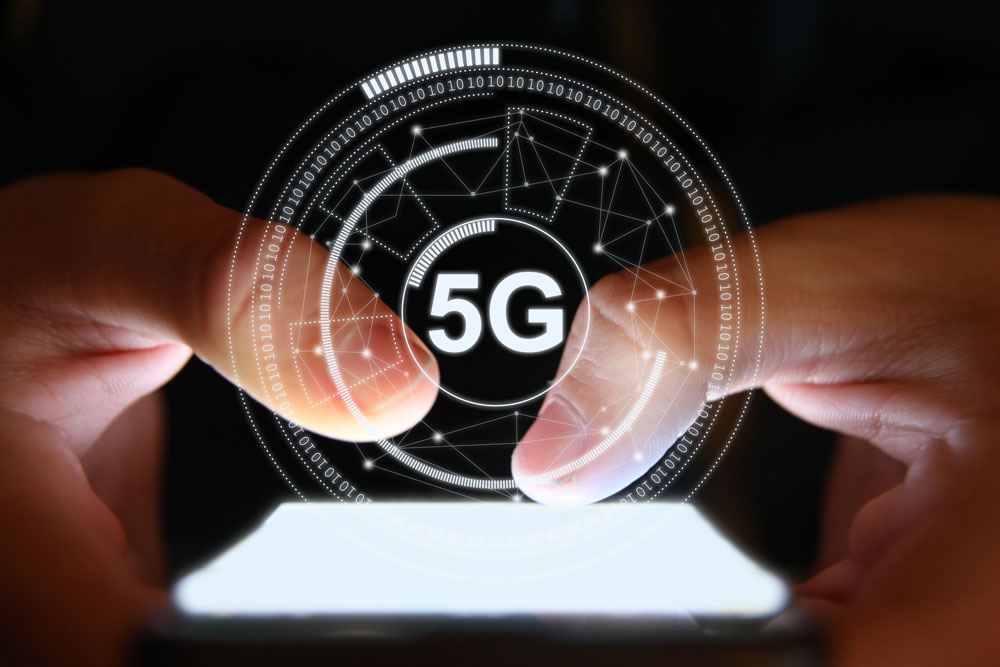Commercial Real Estate Owners: Your 5G Handbook
Brace yourself – it’s here. The advent of 5G is bringing about massive changes that affect more than just our internet speed.
For the most part, all you normally hear about on the topic of 5G is its amazing capabilities. Faster downloads, less lagging, clearer connectivity, and more. From an outside perspective, the advertised possibilities seem endless.
However, there’s a silent issue that’s building – and it especially affects CRE owners. 5G increases the number of radio waves by a monumental amount, and it’s creating an unseen traffic jam. This is causing a backup to occur and it will change the way CRE takes care of business.
Don’t let this hold you back – here’s what you need to know about 5G to sail smoothly through this major shift.
What Exactly is 5G?
The fifth-generation of cellular wireless transmission, commonly called 5G, will soon be replacing its predecessors. What makes 5G unique is it’s increased data, energy-efficiency, high capacity, unmatched connectivity, and it’s low costs.
In order to achieve these benefits, 5G requires a sufficient increase in the number of radios as well as a massive web of fiber optic infrastructure. 5G also needs constant feedback of real-time data to enable its peak functionality.
Perks of 5G for CRE
Although the widespread use of 5G will present its fair set of challenges for CRE, that’s not to say it’s all bad news. The benefits are great as cellular capacity will reach a new zenith of productivity. 5G will help CRE optimize to the maximum by increasing the capabilities of IoT. This means that smart sensors in multifamily, hospitality, student housing campuses, and smart communities will function better than ever before.
Healthcare facilities will also be able to quickly and easily provide advanced medical care through innovative technologies, even including robotic surgeries. This will attract more tenants and clients to some of CRE’s most valuable sectors.
Drawbacks of 5G for CRE
The biggest threat 5G poses to CRE is the total breakdown of systems that are in place today. More doesn’t always mean better, and we’re seeing this very clearly in the case of 5G.
Better connectivity needs a wider bandwidth, more physical cables, and a more complex heating-and-cooling system for devices. On top of this, 5G is anticipated to disrupt and destroy smaller cellular networks and distributed antenna system (DAS) within CRE properties.
A Need for Smart Infrastructure
To support this sudden increase in cellular waves, the world is going to need more digital support systems. In order to avoid connection lags associated with the increased density of data, multifamily owners and managers should start installing smart infrastructure.
This infrastructure needs to support the heavy bandwidth and also serve as a power source for the main network. This will help to facilitate the necessary adaptations to keep up with 5G’s immense power. 5G will surely be a challenge for CRE. Don’t let this become a problem for your assets – start preparing now.


